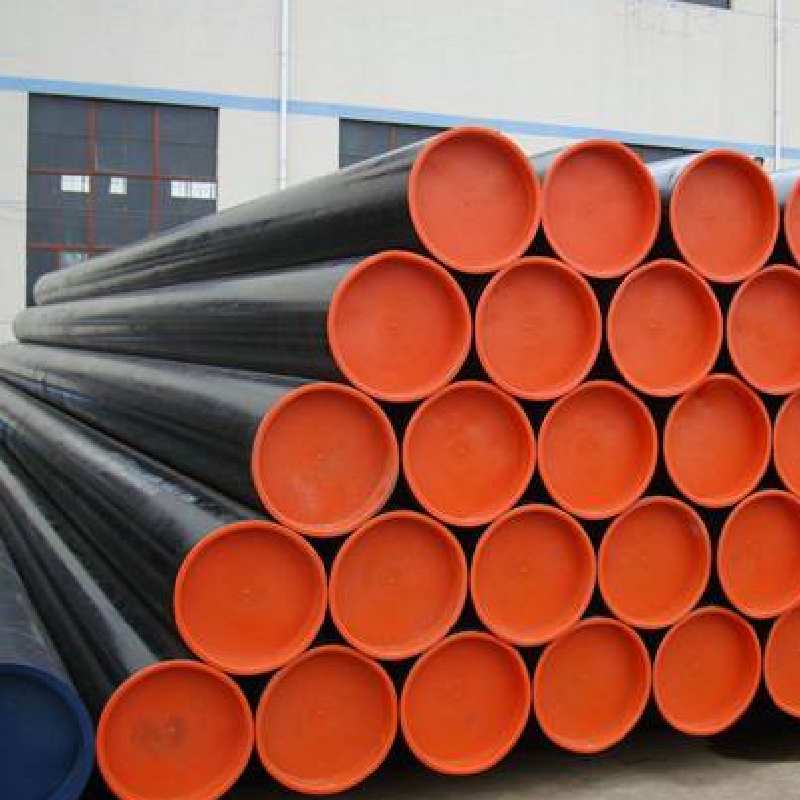-
Cangzhou Yulong Steel Co., Ltd.
-
Phone:
+86 13303177267 -
Email:
admin@ylsteelfittings.com
- English
- Arabic
- Italian
- Spanish
- Portuguese
- German
- kazakh
- Persian
- Greek
- French
- Russian
- Polish
- Thai
- Indonesian
- Vietnamese
- Zulu
- Korean
- Uzbek
- Hindi
- Serbian
- Malay
- Ukrainian
- Gujarati
- Haitian Creole
- hausa
- hawaiian
- Hebrew
- Miao
- Hungarian
- Icelandic
- igbo
- irish
- Japanese
- Javanese
- Kannada
- Khmer
- Rwandese
- Afrikaans
- Albanian
- Amharic
- Armenian
- Azerbaijani
- Basque
- Belarusian
- Bengali
- Bosnian
- Bulgarian
- Catalan
- Cebuano
- China
- China (Taiwan)
- Corsican
- Croatian
- Czech
- Danish
- Esperanto
- Estonian
- Finnish
- Frisian
- Galician
- Georgian
- Kurdish
- Kyrgyz
- Lao
- Latin
- Latvian
- Lithuanian
- Luxembourgish
- Macedonian
- Malgashi
- Malayalam
- Maltese
- Maori
- Marathi
- Mongolian
- Myanmar
- Nepali
- Norwegian
- Norwegian
- Occitan
- Pashto
- Dutch
- Punjabi
- Romanian
- Samoan
- Scottish Gaelic
- Sesotho
- Shona
- Sindhi
- Sinhala
- Slovak
- Slovenian
- Somali
- Sundanese
- Swahili
- Swedish
- Tagalog
- Tajik
- Tamil
- Tatar
- Telugu
- Turkish
- Turkmen
- Urdu
- Uighur
- Welsh
- Bantu
- Yiddish
- Yoruba

Dec . 04, 2024 16:17 Back to list
1.5 inch metal pipe
Understanding the 1.5-Inch Metal Pipe Applications, Specifications, and Benefits
Introduction
In the world of engineering and plumbing, the dimensions, materials, and specifications of pipes play a crucial role in determining their efficiency and suitability for various applications. One standard dimension that frequently comes up is the 1.5-inch metal pipe. This article will delve into the construction, applications, and advantages of using 1.5-inch metal pipes, shedding light on why they are an essential component in many industrial and construction projects.
Specifications of 1.5-Inch Metal Pipes
Metal pipes come in various materials, including steel, stainless steel, aluminum, and copper. For a 1.5-inch metal pipe, the designation refers to its nominal diameter, which is not a direct measurement of its actual outer diameter. The outer diameter of a standard 1.5-inch pipe is typically around 1.9 inches, while the inner diameter varies depending on the wall thickness, which is determined by the specific pipe schedule (e.g., Schedule 40, Schedule 80).
In the case of steel pipes, the choice between galvanized and black steel can significantly influence performance. Galvanized pipes are coated with zinc to prevent corrosion, making them suitable for environments exposed to moisture. On the other hand, black steel pipes are commonly used in gas and oil applications due to their high strength and resistance to thermal expansion.
Applications of 1.5-Inch Metal Pipes
The 1.5-inch metal pipe finds extensive use across diverse industries, including construction, manufacturing, and HVAC (Heating, Ventilation, and Air Conditioning). Here are some of its common applications
1. Plumbing Systems Metal pipes are integral to modern plumbing systems, providing a durable and reliable means of transporting water and gases. The 1.5-inch diameter is particularly useful for drainage and waste applications.
2. HVAC Ducting In heating and cooling systems, 1.5-inch metal pipes can be used for ductwork, allowing efficient air distribution in residential and commercial buildings.
3. Industrial Manufacturing These pipes are prevalent in various manufacturing processes, where they carry fluids, gases, and other materials through production lines.
1.5 inch metal pipe

4. Furniture and Railing Due to their aesthetic appeal and strength, 1.5-inch metal pipes are commonly used in constructing furniture, handrails, and even architectural elements.
5. Scaffolding In construction, they provide a robust framework for scaffolding, ensuring safety and structural integrity.
Advantages of Using 1.5-Inch Metal Pipes
There are several reasons why engineers and contractors prefer 1.5-inch metal pipes over other materials and sizes
1. Durability Metal pipes are known for their long lifespan and resistance to environmental factors, such as temperature fluctuations and moisture. They can withstand high pressures, making them ideal for industrial applications.
2. High Strength-to-Weight Ratio Metal pipes offer significant strength without the excessive weight associated with larger diameters. This feature makes them easier to handle and install, resulting in lower labor costs.
3. Corrosion Resistance Depending on the material chosen, metal pipes can be very resistant to rust and corrosion, particularly galvanized and stainless steel options, which extend the service life of the installations.
4. Versatility With a relatively small diameter of 1.5 inches, these pipes can be utilized in various applications, from household plumbing to complex industrial systems, demonstrating their versatility.
5. Cost-Effectiveness Metal pipes are generally affordable, and their durability reduces the need for frequent replacements, making them a cost-effective choice in the long run.
Conclusion
The 1.5-inch metal pipe is a fundamental component across multiple industries, offering a unique blend of durability, versatility, and cost-effectiveness. Its applications range from residential plumbing to industrial manufacturing and construction, proving its importance in modern infrastructure. As technology continues to evolve, the specifications and applications of metal pipes will likely adapt to meet new challenges, but the fundamentals of their utility will remain a constant in engineering and construction practices. Whether you're an engineer, contractor, or DIY enthusiast, understanding the properties and uses of 1.5-inch metal pipes will undoubtedly enhance your projects and effectiveness.
Latest news
-
ANSI 150P SS304 SO FLANGE
NewsFeb.14,2025
-
ASTM A333GR6 STEEL PIPE
NewsJan.20,2025
-
ANSI B16.5 WELDING NECK FLANGE
NewsJan.15,2026
-
ANSI B16.5 SLIP-ON FLANGE
NewsApr.19,2024
-
SABS 1123 FLANGE
NewsJan.15,2025
-
DIN86044 PLATE FLANGE
NewsApr.19,2024
-
DIN2527 BLIND FLANGE
NewsApr.12,2024
-
JIS B2311 Butt-Welding Fittings LR/SR 45°/90° /180°Seamless/Weld
NewsApr.23,2024











